We do have a US native Pachysandra, but it only slightly resembles the exotic (now considered invasive) species. Pachysandra procumbens is not nearly as vigorous and easy to establish as its exotic counterpart. Any time you see an exotic plant marketed as quick to spread and hard to kill, that is a red flag. It’s those qualities that have made Japanese pachysandra so difficult to control and eradicate after escaping cultivation. Plants do not care about your borders. The moment you stop being able to care for them, they make a run for it.
Choose native Pachysandra instead!
There are many wonderful reasons to choose this near-native southeastern subshrub beyond just as an alternative to a popular exotic groundcover. You would have no idea that the exotic has flowers, but the flowers on this species are quite showy and fragrant, emerging before new, spring growth. They are semi-evergreen (deciduous in zones 5 & 6), but in the winter, the deer-resistant foliage will darken and flatten itself against the ground. This species is more of a clumping species than spreading endlessly, and will fill in up to a 4ft diameter patch over a number of years; this patch is not nearly as dense as its exotic counterpart and comingles well with its neighbors.
The matte leaves also show some variation throughout the growing season, depending on lighting and time of year. They may display a lighter speckled-pattern, appearing to be a lighter green that is more upgright at the start of the season, but will darken and droop towards the ground towards the end of it. Often people think they’re looking at a different plant, depending on the time of year that they see it. In addition to the spring blooms, this dynamic variation adds visual interest to the garden, providing an interesting element and design challenge when planning for seasonal changes in the shade garden.
Why is it called a spurge?
Worth noting, the “spurge” in Allegheny spurge is a bit of a misnomer. This species is in the same genus as Pachysandra terminalis (the exotic/invasive Japanese pachysandra). It’s more closely related to boxwoods than other plants we commonly refer to as spurges, which are members of Euphorbiaceae.
Slow as molasses
Your goal for the first few years is to just keep it alive. They don’t like to be overwatered. Water in new plants well, then give them about two weeks before seeing if they needs more water. Pachysandra is prone to root rot, so make sure that you really have a well draining site. They do like shade, but they don’t seem to be fond of a really wet shade.
You will be well rewarded for your efforts, even if you have to try more than once. The first spring you head out and spot the early spring blooms, you’ll know you’ve finally succeeded in establishing this lovely plant.

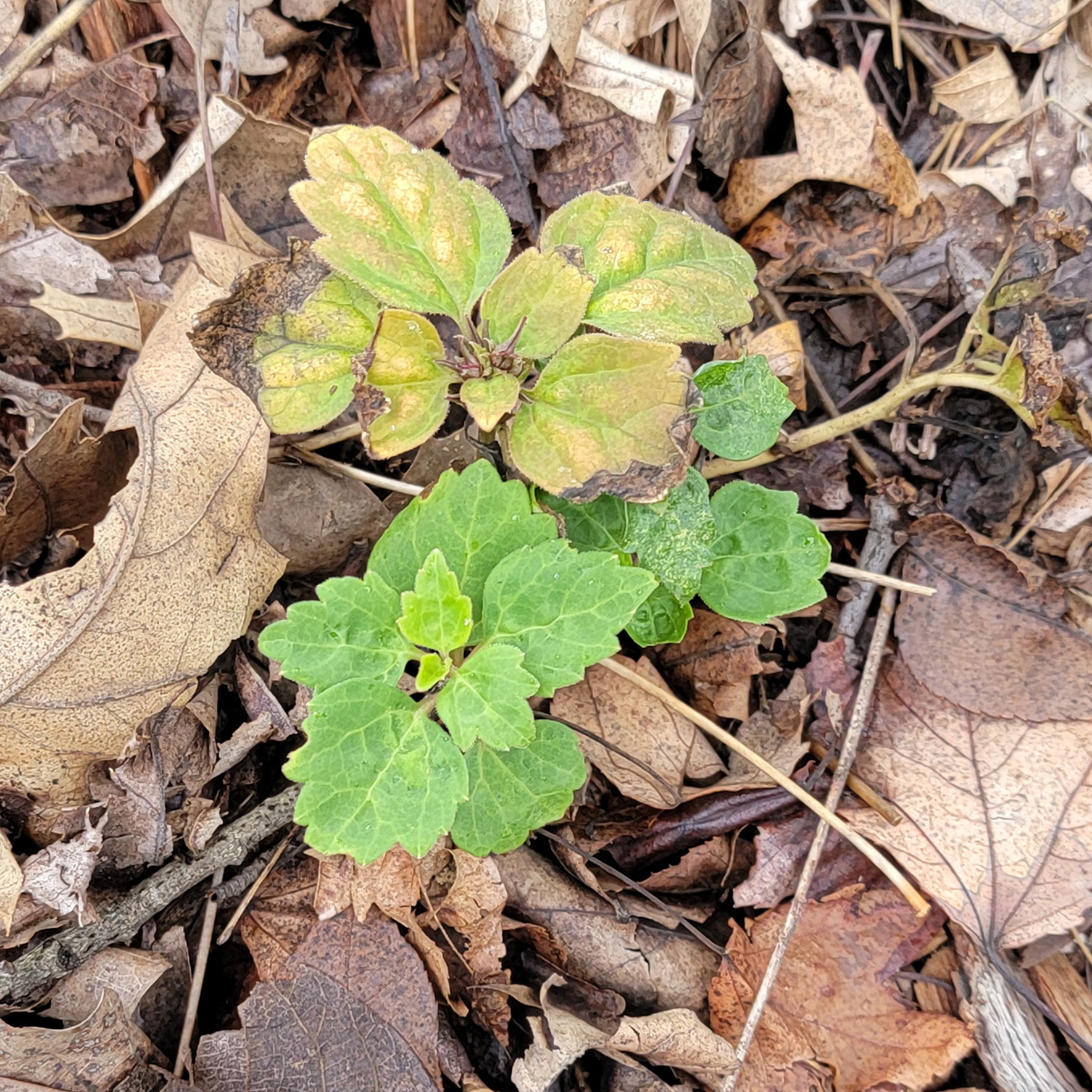
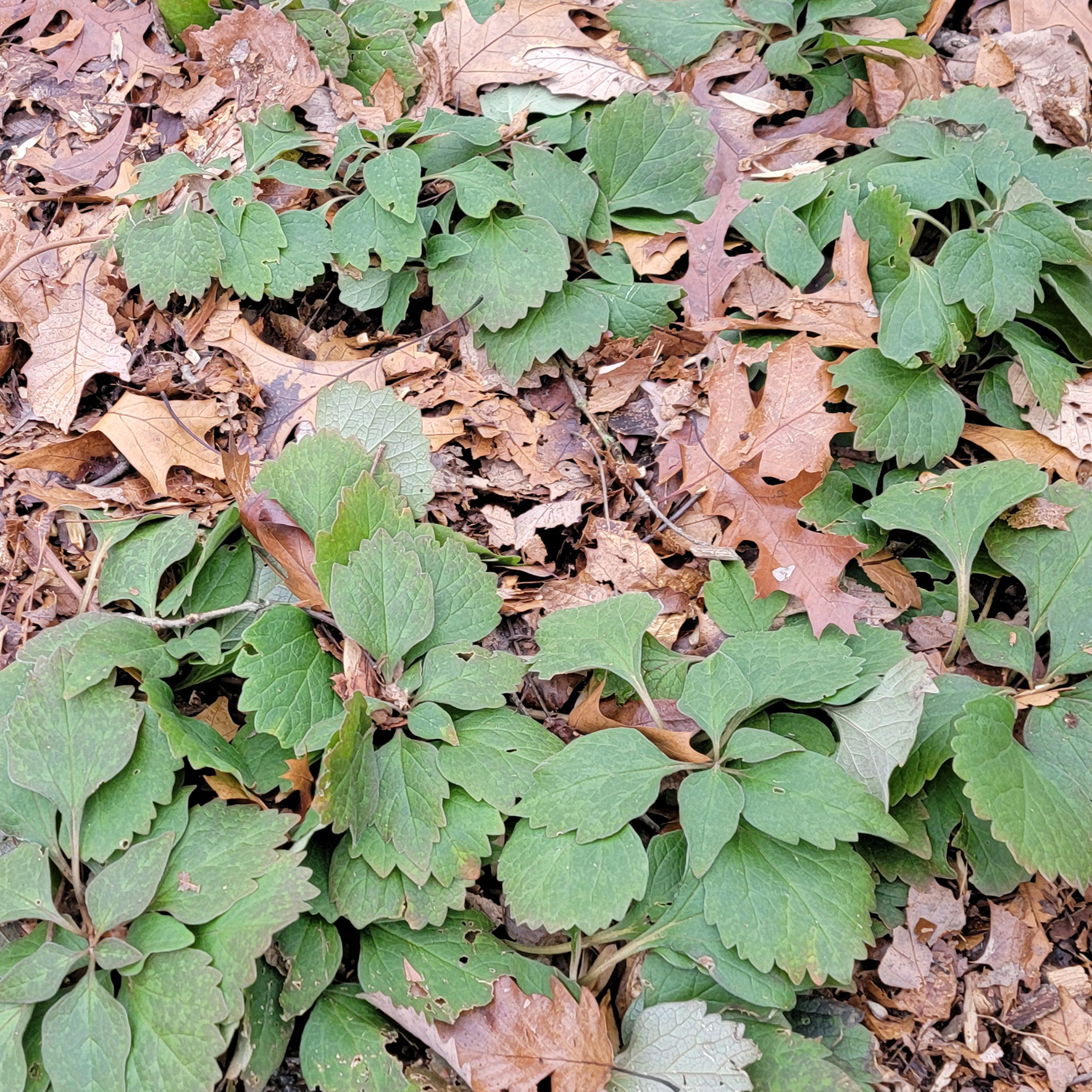

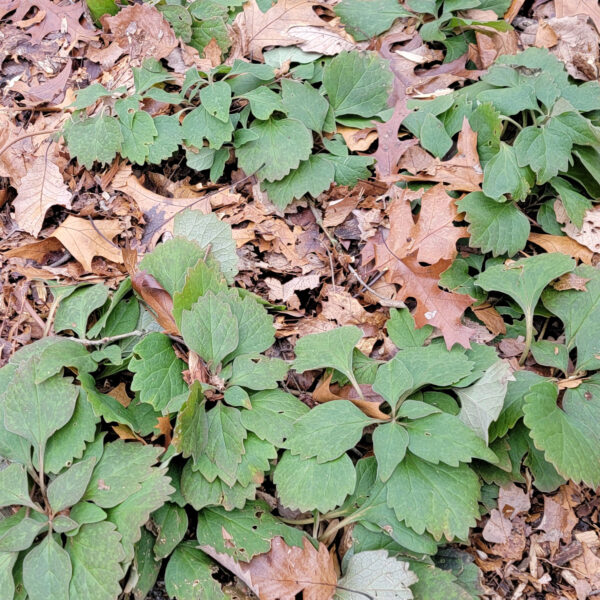

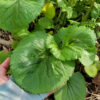


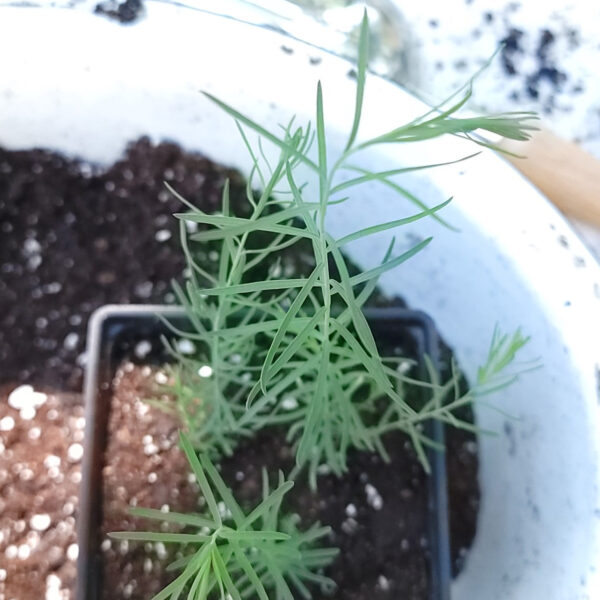

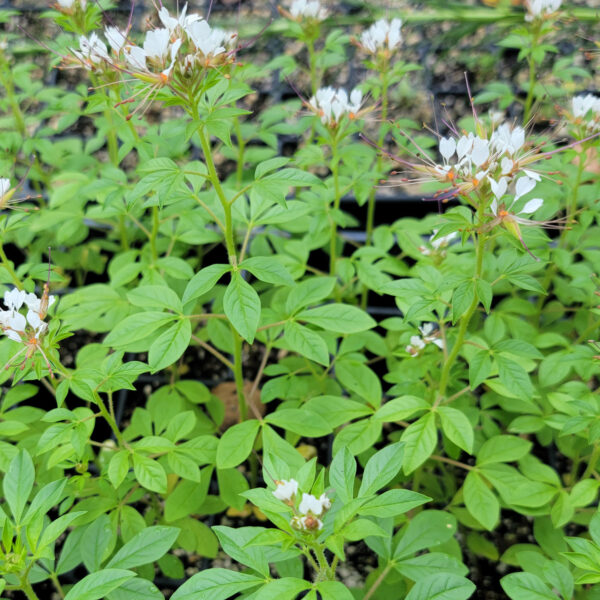

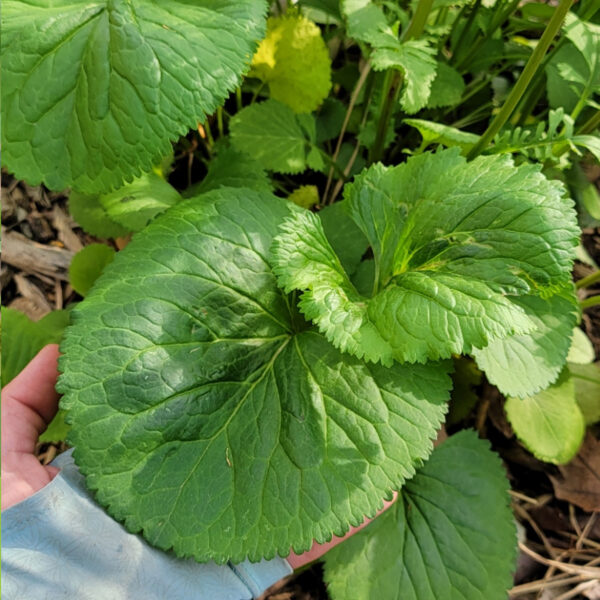

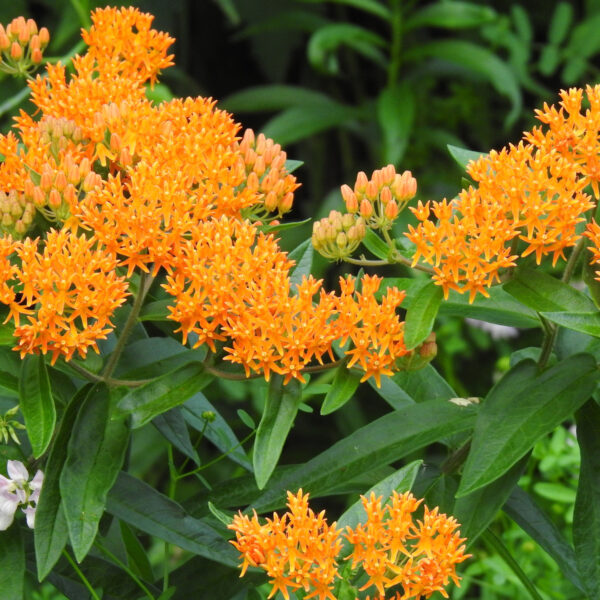

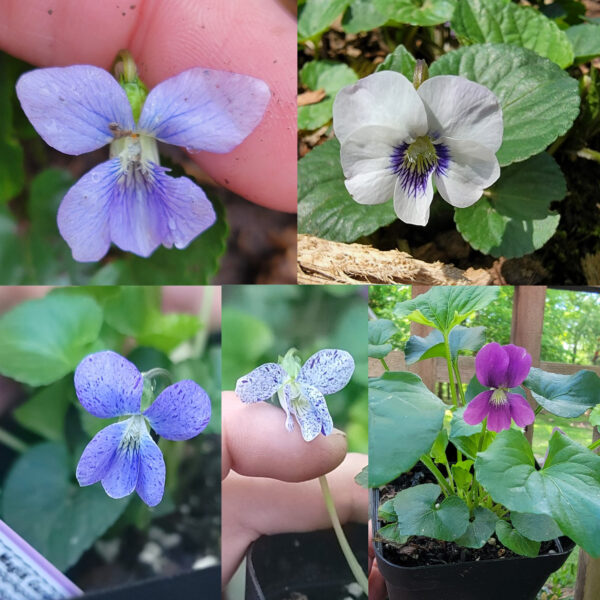






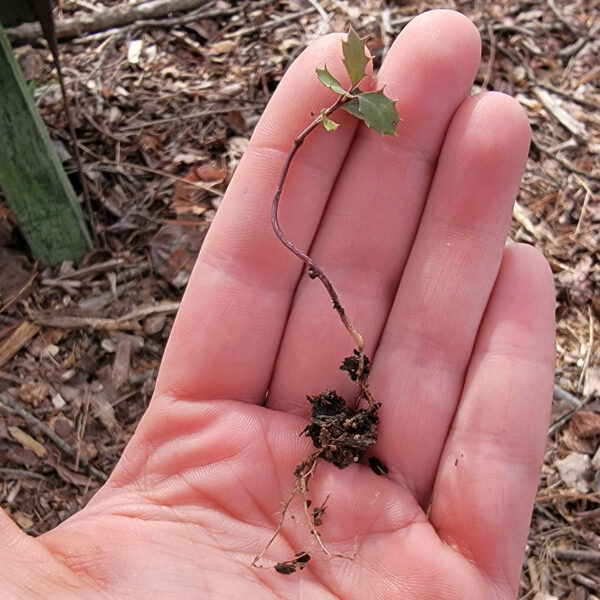



Reviews
There are no reviews yet.